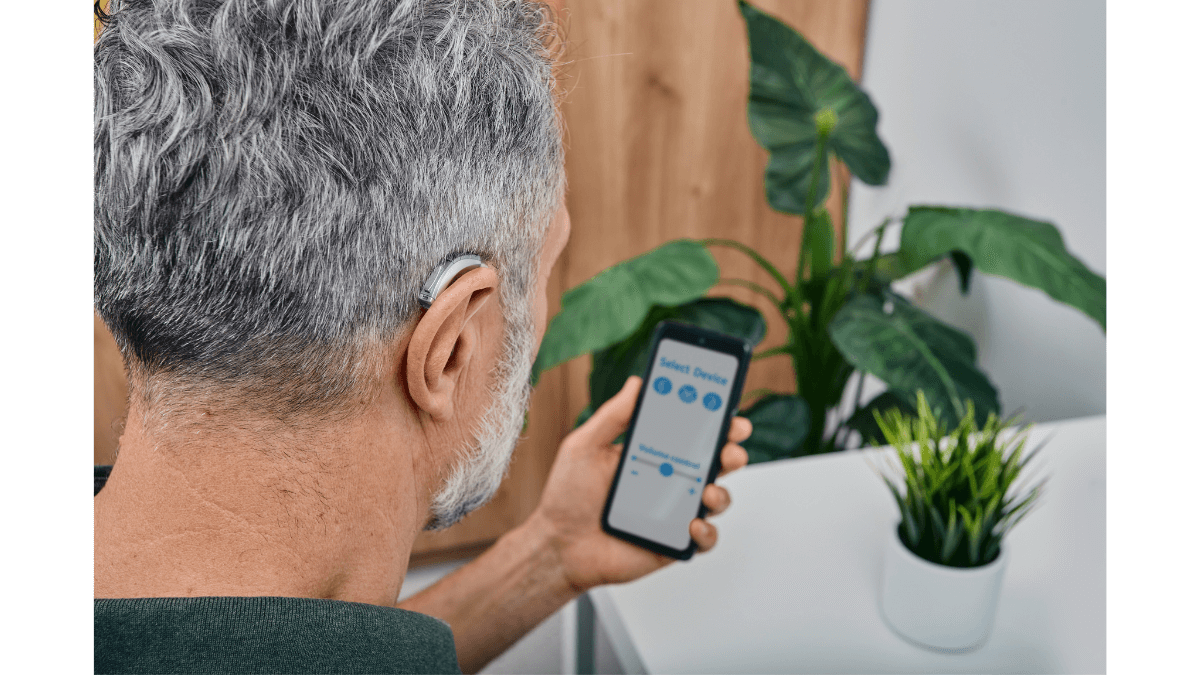In today’s interconnected world, technology continues to revolutionize the way we communicate, connect, and experience the world around us. For individuals with hearing loss, advancements in Bluetooth technology have opened up new possibilities for enhancing auditory experiences and improving quality of life. Bluetooth-enabled hearing aids are changing the game, giving hearing aid users advanced benefits and functionalities.
Understanding Bluetooth Technology
Bluetooth technology allows electronic devices to communicate wirelessly over short distances. This enables seamless data transmission and connectivity between compatible devices. In the context of hearing aids, Bluetooth technology allows users to wirelessly stream audio signals from smartphones, tablets, computers, and other Bluetooth-enabled devices directly to their hearing aids. Advanced connectivity provides enhanced clarity and convenience in various listening environments.
Benefits of Bluetooth-enabled Hearing Aids
Bluetooth-enabled hearing aids offer a range of benefits for users, including:
- Improved Accessibility: Bluetooth connectivity allows users to stream audio directly to their hearing aids, enhancing accessibility to phone calls, music, videos, podcasts, and other media content without the need for external accessories or cables.
- Enhanced Clarity: By bypassing the ambient noise in the environment, Bluetooth streaming provides clearer and more focused audio signals, improving speech comprehension and overall listening comfort, especially in noisy or challenging listening situations.
- Convenience and Flexibility: Bluetooth-enabled hearing aids offer greater flexibility and convenience, allowing users to adjust volume, switch between audio sources, and customize settings using smartphone apps.
- Seamless Integration: Bluetooth connectivity enables seamless integration with a wide range of digital devices, including smartphones, tablets, televisions, and smart home devices. This helps users to stay connected and engaged in various activities throughout their day.
Types of Bluetooth-enabled Hearing Aids
There are two main types of Bluetooth-enabled hearing aids:
- Made-for-iPhone (MFi) Hearing Aids: Made-for-iPhone hearing aids are designed to integrate seamlessly with Apple devices, allowing users to stream audio directly from iPhones, iPads, and other Apple products without the need for additional accessories.
- Universal Bluetooth Hearing Aids: Universal Bluetooth hearing aids are compatible with a broader range of devices, including both iOS and Android smartphones, tablets, and other Bluetooth-enabled devices. These hearing aids may connect directly to your hearing aids. Some models require an intermediary device, such as a Bluetooth streamer or remote control, to facilitate wireless connectivity.
Considerations for Choosing Bluetooth-enabled Hearing Aids
When selecting Bluetooth-enabled hearing aids, there are several factors to consider:
- Compatibility: Ensure that the hearing aids are compatible with your specific smartphone, tablet, or other digital devices to ensure seamless connectivity and functionality.
- Features and Functionality: Consider the features and functionality offered by the hearing aids, such as streaming capabilities, remote control options, app compatibility, and customization settings, to ensure that they meet your individual needs and preferences.
- Battery Life: Bluetooth streaming can consume additional battery power, so it’s important to consider the battery life of the hearing aids and how often you’ll need to recharge or replace batteries.
Tips for Optimizing Bluetooth Connectivity
To optimize Bluetooth connectivity and ensure a seamless streaming experience, consider the following tips:
- Keep Devices Close: Keep your smartphone or other Bluetooth-enabled devices within close proximity (typically within 30 feet) to maintain a strong and stable Bluetooth connection with your hearing aids.
- Check for Updates: Regularly check for software updates and firmware upgrades for your hearing aids and digital devices to ensure compatibility and optimal performance.
- Troubleshooting: Familiarize yourself with troubleshooting techniques for addressing common Bluetooth connectivity issues, such as restarting devices, resetting connections, or updating software settings.
Future Trends and Developments
As technology continues to evolve, the future of Bluetooth-enabled hearing aids holds promise for even greater advancements in connectivity, functionality, and user experience. Emerging trends such as artificial intelligence, machine learning, and sensor technology are poised to further enhance the capabilities of Bluetooth-enabled hearing aids. You may soon see even greater levels of customization, adaptability, and personalization.
Find Your Bluetooth-Enabled Hearing Aids
Bluetooth technology has transformed the landscape of hearing aids, offering users unparalleled connectivity and convenience. Whether you’re streaming phone calls, music, podcasts, or other media content, Bluetooth-enabled hearing helps you stay connected like never before. Ready to explore your options? Visit us to find out more about Bluetooth hearing aids.

